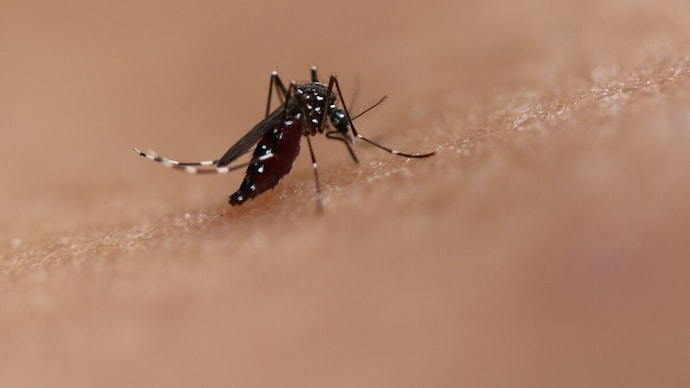How climate change is spreading dengue worldwide
According to the World Health Organization report (WHO), dengue cases increased from 4.1 million in North and South America to more than 10.6 million in 2024.

In short
- Dengue is spreading beyond South East Asia and Latin America.
- Study link temperature increases the incidence of high dengue.
- The effects of rainfall on dengue differ by the area; Intervention is needed.
A new study has shown how the weather is affected by the spread of dengue fever worldwide. Studies published in science advances confirm the effect of temperature and rainfall, which helps in the spread of the disease as important factors.
Dengue is a mosquito -borne disease caused by the bite of Aedes species of mosquitoes, which is prevalent in Southeast Asia including India, Western Pacific Islands, Latin America and Africa.
But in recent years, the disease has spread to other parts of the world.
According to the World Health Organization report (WHO), dengue cases increased from 4.1 million in North and South America to more than 10.6 million in 2024. This is a matter of serious concern as cases have increased significantly.
In 2024, more than 14 million dengue cases and more than 10,000 dengue related deaths were reported globally as per the European Center for Disease Prevention and Control. The disease is more prevalent during the monsoon season.
However, the relationship between temperature and rainfall is poorly understood as some researchers suggest that rainfall may suppress the spread of the disease.
To remove this confusion, researchers from the Institute for Basic Science (IBS) have found a new method that helps analyze the relationship between weather and dengue events.
The study was conducted in the Philippines and Puerto Rico for their diverse climatic conditions. Conclusions suggest that as the temperature increases, the cases of dengue increase. In eastern regions, rainfall increased dengue cases, while in western regions, rain suppressed it.
The length of the dry season affects mosquito breeding – mosquito breeding over a long dry season, while less dry weather results in less mosquitoes.
The author of the study Olive R. Caving said, “Gives strong evidence to our findings how climate factors affect dengue transmission in diverse environments. This represents an important step towards understanding how climate change can affect mosquito -borne diseases globally. ,
This study provides some important insight on how dengue can be reduced.
- In areas with long dry weather, year -long intervention is required
- In areas with small dry weather, the natural flushing effect of rain is sufficient
- Strategy of strategy by regions
This study also highlights how temperature and rainfall not only the spread of dengue, but also the effect of malaria, influenza and zika virus.